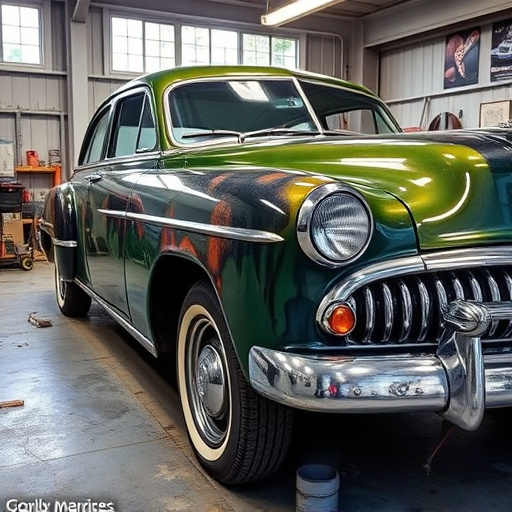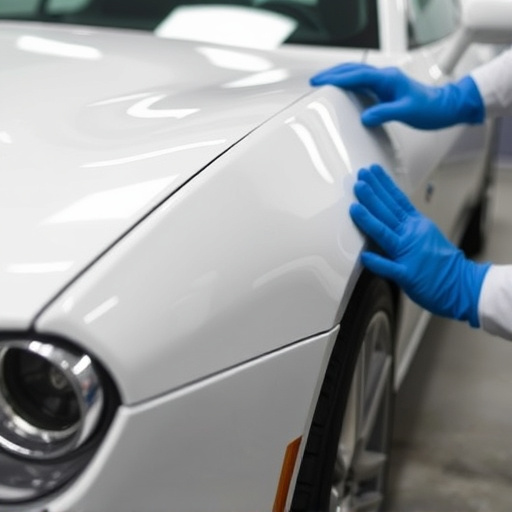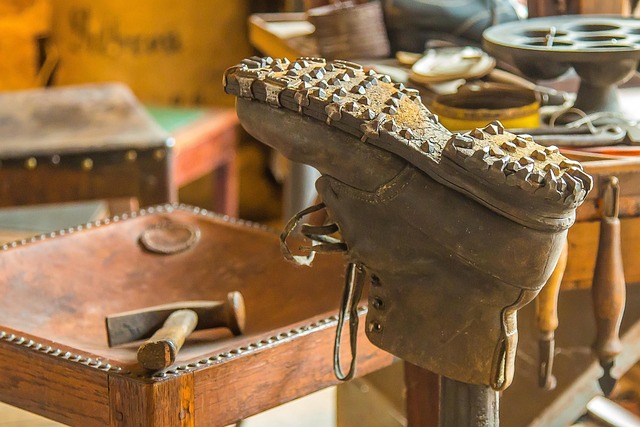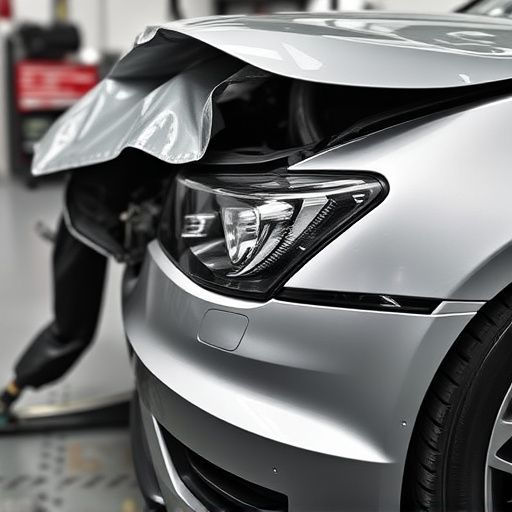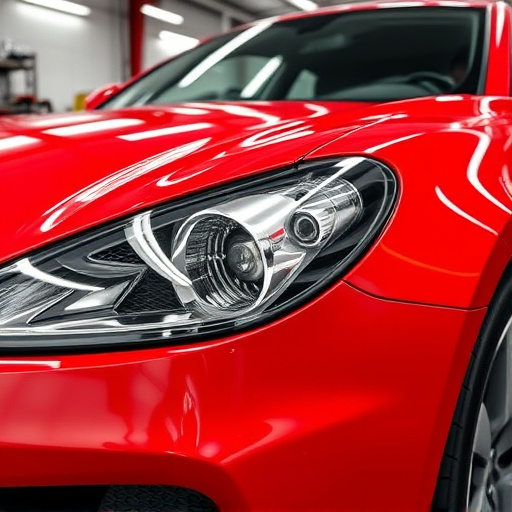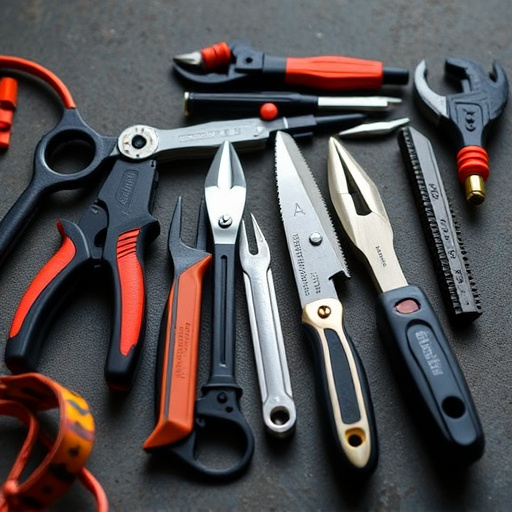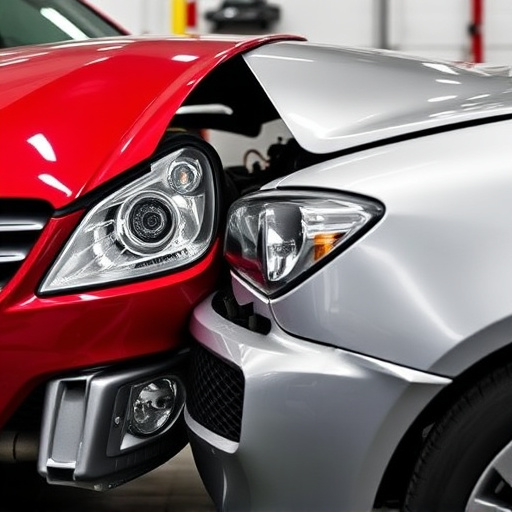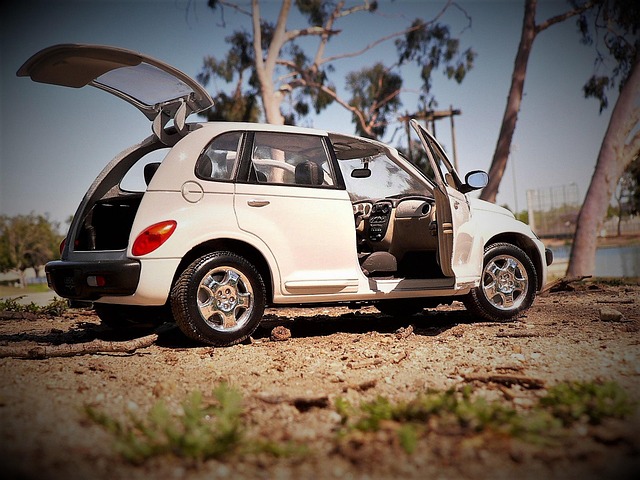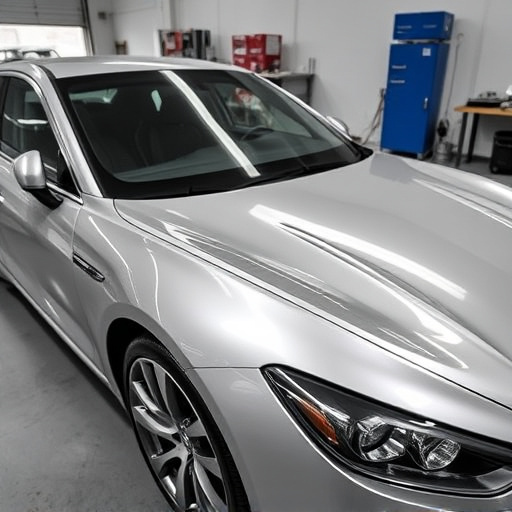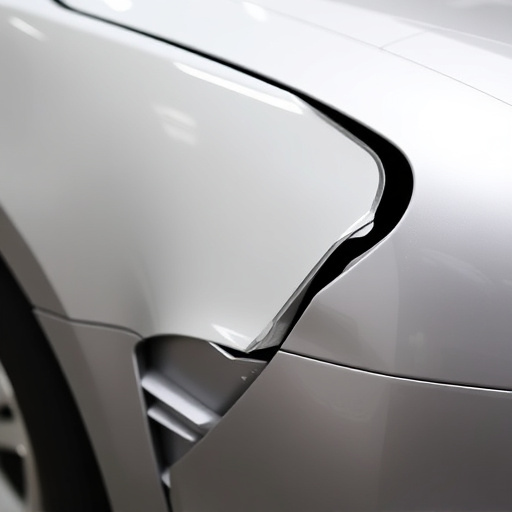Professional Detail Restoration (PDR) is a powerful tool for car dealerships to boost customer satisfaction and vehicle resale value through expert damage repair. By adopting PDR, including Paintless Dent Repair, dealerships can streamline bodywork restoration, enhance their reputation, attract more customers, increase trade-in values, and drive profitability through higher sales and brand loyalty.
In today’s competitive automotive landscape, effective dealership reconditioning strategies are paramount. One such game-changer is Paintless Dent Repair (PDR), a non-intrusive method revolutionizing how dealers restore vehicles. This article delves into the transformative power of PDR, offering a comprehensive guide for dealerships looking to enhance their recondition processes. From understanding the technique’s advantages to implementing it step-by-step and measuring its impact on profits, we explore why PDR is an indispensable tool in the industry.
- Understanding PDR: A Powerful Tool for Dealerships
- Integrating PDR into Reconditioning: Step-by-Step Guide
- Measuring Success: PDR's Impact on Dealership Profits
Understanding PDR: A Powerful Tool for Dealerships
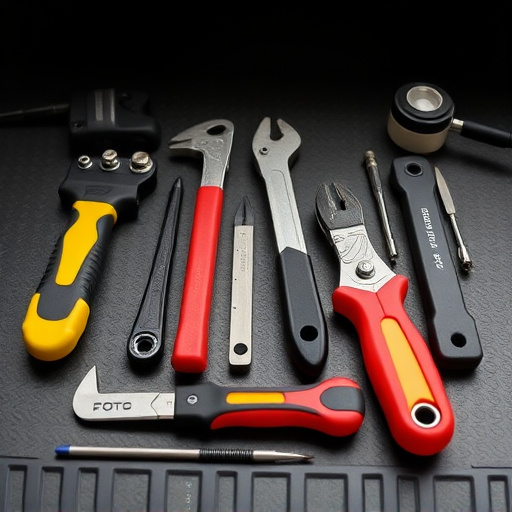
In the competitive automotive industry, dealerships are constantly seeking innovative strategies to stand out and offer exceptional vehicle reconditioning services. This is where Professional Detail Restoration (PDR) comes into play as a powerful tool in their arsenal. PDR for car dealerships involves a meticulous process of repairing and restoring damaged vehicles to their original condition, or even enhancing them beyond the manufacturer’s standards. By employing specialized techniques and equipment, dealerships can transform minor dents, scratches, and dings into a seamless finish, making each vehicle look as good as new.
This strategy not only boosts customer satisfaction but also increases the resale value of the vehicles. With a well-executed PDR process, dealerships can differentiate themselves from competitors by offering a superior level of service at their automotive body shop or collision repair center. By investing in this technology and training, vehicle body shops can enhance their reputation, attract more customers, and ultimately drive business growth.
Integrating PDR into Reconditioning: Step-by-Step Guide
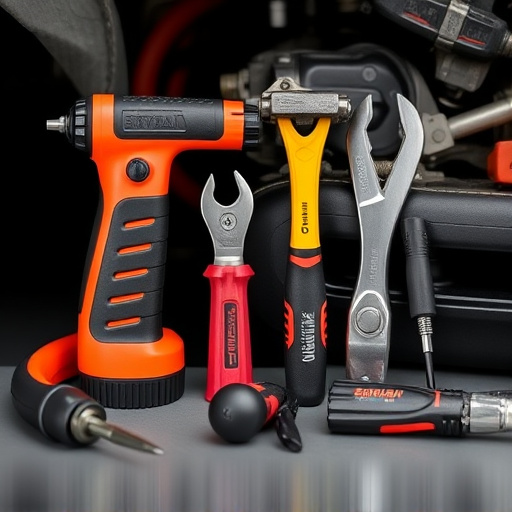
Integrating PDR (Paintless Dent Repair) into a dealership’s reconditioning strategy offers a streamlined and efficient approach to car bodywork restoration. Here’s a step-by-step guide for dealerships looking to adopt this innovative method:
1. Training & Equipment Acquisition: Begin by investing in PDR training programs for your service team, ensuring they’re adept at handling various dent repair scenarios. Purchase high-quality PDR tools and equipment, tailored to the makes and models of vehicles commonly serviced at your dealership.
2. Assess Vehicle Condition: Before starting any repair work, meticulously evaluate each vehicle’s condition. Identify areas requiring PDR, considering both visible dents and potential hidden damage. This meticulous assessment ensures a thorough repair process.
3. Implement Quality Control Measures: Establish strict quality control protocols to maintain consistent repair standards. Regularly inspect completed repairs against pre-set criteria, ensuring they meet the required cosmetic standards.
4. Integrate PDR into Workflows: Seamlessly incorporate PDR into existing dealership workflows, aligning it with your fleet repair services. Optimise scheduling and resource allocation to accommodate PDR without disrupting other vehicle reconditioning tasks.
5. Promote Benefits to Customers: Educate customers about the advantages of PDR for car damage repair—its cost-effectiveness, minimal bodywork disruption, and faster turnaround times. This knowledge can enhance customer satisfaction and encourage repeat business.
Measuring Success: PDR's Impact on Dealership Profits
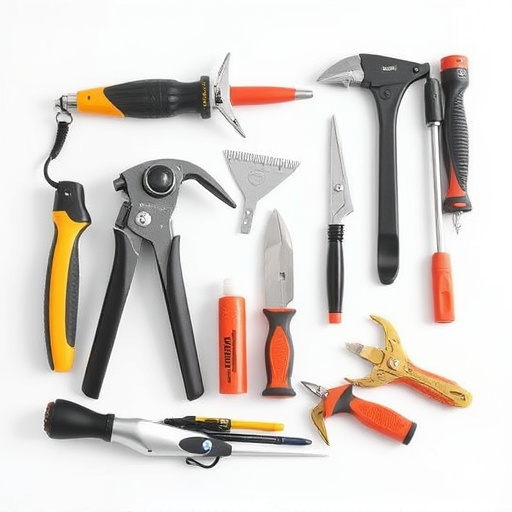
Measuring success in a dealership reconditioning strategy is paramount, and Professional Detailing & Repair (PDR) plays a pivotal role in enhancing profitability. By investing in PDR for car dealerships, businesses can significantly improve their bottom line. This process goes beyond surface-level aesthetics; it involves meticulous collision repair services and dent removal techniques that restore vehicles to near-new conditions. As such, dealers can command higher resale values and attract customers seeking top-tier auto repair services.
The impact of PDR extends further, allowing dealerships to differentiate themselves in a competitive market. A well-executed PDR strategy not only increases customer satisfaction but also fosters brand loyalty. With enhanced vehicle appeal, dealers can negotiate better trade-in values and boost overall sales, ultimately contributing to sustained profitability and growth.
PDR (Paintless Dent Repair) has emerged as a game-changer in dealership reconditioning strategies, offering a powerful tool to enhance vehicle aesthetics and customer satisfaction. By integrating PDR into their processes, dealerships can efficiently address dents and scratches without the need for traditional painting, resulting in cost savings and faster turnaround times. The success of PDR lies in its ability to improve dealership profits by increasing the resale value of vehicles and providing a unique selling point that sets them apart from competitors. Embracing PDR as part of their reconditioning strategy is a smart move for car dealerships looking to stay ahead in the market.
